Cards with questions that will help in working with any deck of metaphorical cards, Tarot or oracles on any topic
Author: Irina Fedorova Artist: Ekaterina Beltsova
The set includes: 80 cards 70 x 104 mm, instructions with working techniques, box.
When working with any decks of cards, tarot or oracle decks, question cards can help you. This deck can be used for psychological consultations, analysis and elaboration of specific situations, as well as for introspection and self-knowledge.
The questions cover a wide variety of topics that relate to probable actions, feelings, emotional state, personal development, self-determination and purpose.< br>The deck contains questions that cannot be answered in monosyllables. Each of them requires a full, thoughtful and detailed answer, which can be found out in several ways: using any other deck of cards with pictures and stories or by analyzing emerging thoughts, thinking about them and speaking them out.
An additional question from this deck can be applicable to all cards in the layout and does not depend on the time of use, because this contributes to the search for new directions for subsequent work and a deeper immersion in the topic.
Features of the “Questions: simple and complex” deck
These cards are written not only the questions themselves, but also abstract images. The artist who painted them is Ekaterina Beltsova. These drawings can help you get ready to work on finding an answer, as well as create the necessary emotional background.
If meditative techniques are considered more convenient, these images can also help in achieving a light state of trance, since while in a trance you can draw answers to questions of interest from the unconscious.
But if difficulties arise with such methods of work or their inappropriateness, the deck is also suitable in therapeutic work (if one is used) or simply in independent reflection on the existing issue.
And, of course, they can any other decks of cards can be used, such as metaphorical associative cards, tarot or oracle decks.
Metaphorical associative cards (MAC) is a projective psychological technique. The perception of pictures is purely individual, and each person, when looking at the image, will experience feelings and emotions that are radically different from the impressions of another person. In metaphorical cards there is no strict distribution of meanings and meanings, which cannot be said about other tools for fortune-telling.
Established, generally accepted meanings are, as a rule, found in the Tarot or oracles. But they can also be used as metaphorical cards, if you do not use a booklet with explanations. This type of work, in my opinion, is more environmentally friendly and preferable, since in such a situation it is impossible to influence the final result of the reasoning from the outside, and therefore, you can begin to trust yourself more and feel like a full-fledged master of your life.
Techniques for working with the deck
“Free flow of thoughts”
This technique implies a free mode: the client can independently pull out cards with questions and think about a given topic. Allow the client to express any thoughts they have. You can reinforce the work of self-analysis with leading or clarifying questions.
If you are working individually, you can also try to analyze the situation. It is preferable to do this out loud or write down your thoughts until the answer is found.
If you designate a specific topic of work in each case, the process will be much more successful and fruitful. The topic can be either various areas of life (work, family, society, search for purpose, etc.), or a specific situation (for example, marriage).
“Creating a unique layout”
B In various sources – books, media, social networks, the Internet – you can find a huge number of techniques and layouts. Such ready-made layouts are used by many. However, with the help of the “Questions: simple and complex” deck, you can create an individual and unique layout each time.
Working with the deck is possible both open and closed. When creating an open layout, you need to select from the deck of cards exactly those that, from your point of view, are most suitable for this layout. After selecting the cards (there should not be too many of them – the likelihood of getting confused is very high), they must be laid out on the table in any order you need. And subsequently you can work with each question separately, using cards from any other deck with pictures or stories.
The layout using cards face down is similar to the one described above. The only difference is that here you draw cards blindly.
Which method suits you personally, you can find out by experimenting with the deck.
“Random question”
1. After the topic of the work has been determined, you need to pull out one or more cards from the deck (not together, but strictly sequentially) and look for the answer to the question asked using any other deck.
2. From any deck that is suitable for a given topic, you need to choose one or two cards that can help in finding the answer. Cards can be pulled out either face down or face up. For example, in a psychological consultation it is preferable to choose cards face up. This may cause the client to show resistance or apprehension. A comparative experiment is also possible: in search of an answer to a question, you can draw two cards – one face down, the other face up.
3. After careful consideration and analysis of the pictures, it is necessary to draw another card face down, answering the question: “What do I not see or do not want to see?”
With the help of this card you can realize something very important, but due to some circumstances that are not obvious to the client or consultant.
Completing the exercise, you need to analyze the results and come to conclusions.
“Assistant question”
This technique can be used to work with any request. Interferences and resources are examined initially, and then the situation is explored more fully and broadly.
1. For each of the following aspects, you need to draw 2-3 cards face down from any deck with pictures:
“What are my weaknesses in this situation? What should I not do?”
“What are my strengths? What do I need to do?”
2. Then, closed, you need to draw one or more cards from the “Questions: simple and complex” deck, which will push you towards a further vector of studying the situation.
When searching for an answer, you can use your working deck – pull out one or two cards, and At the end of the work, analyze the results and draw conclusions.








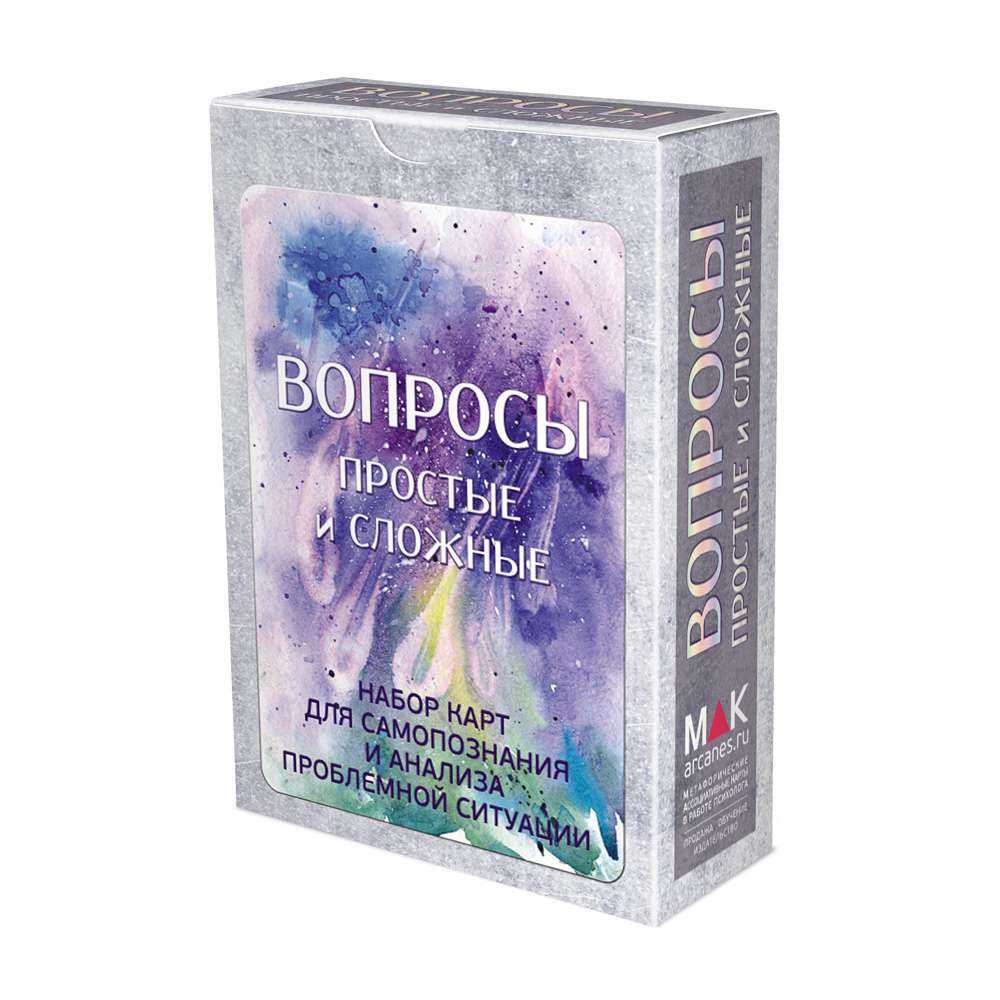
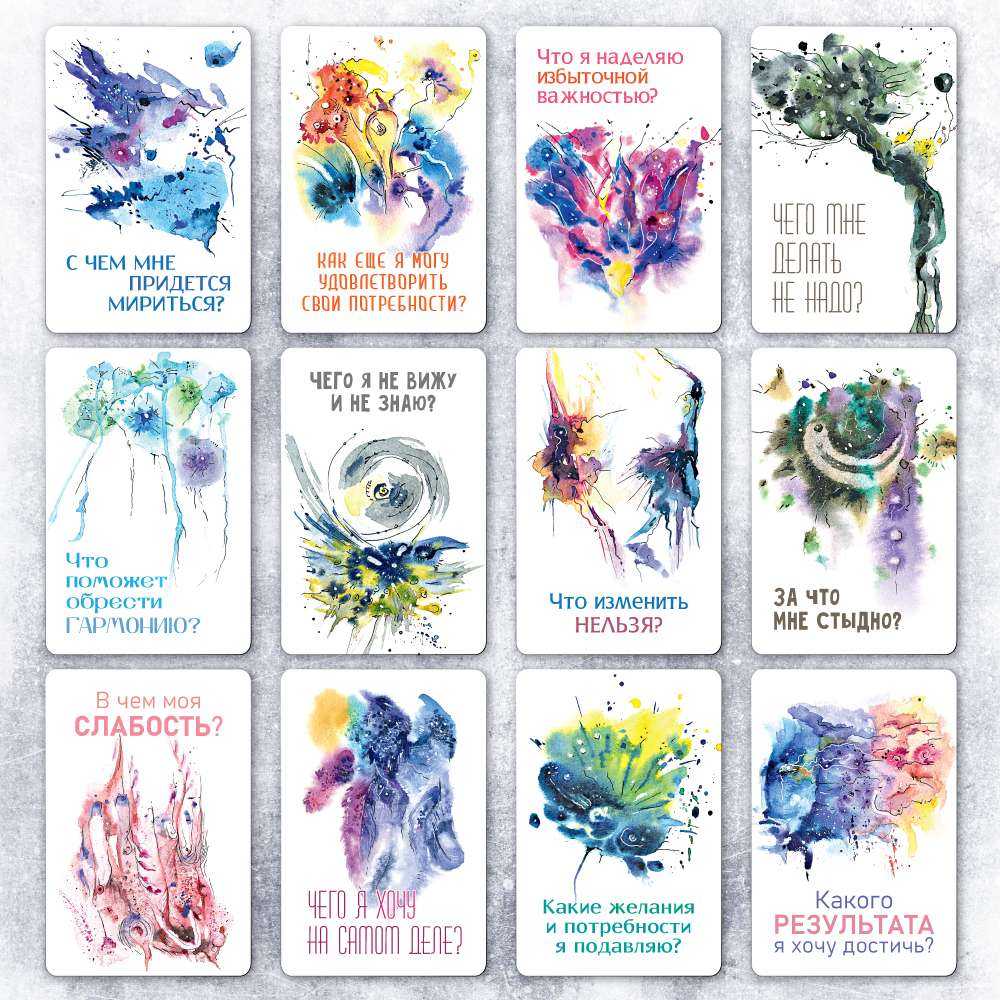
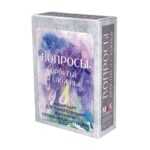
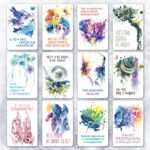
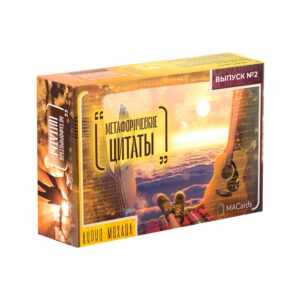



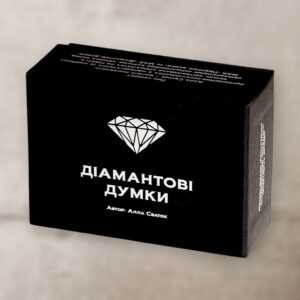
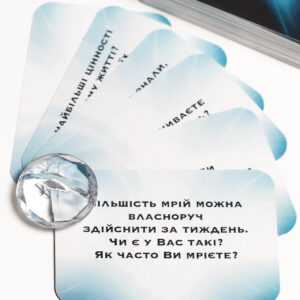


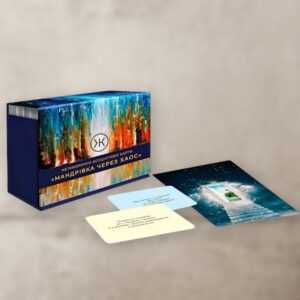
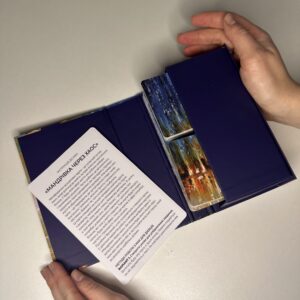

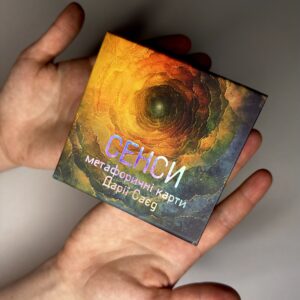

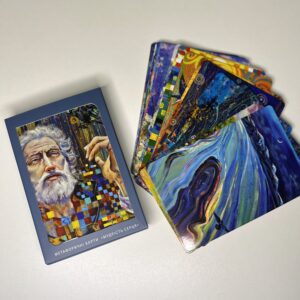

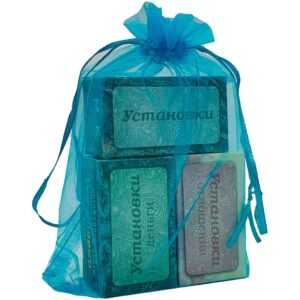
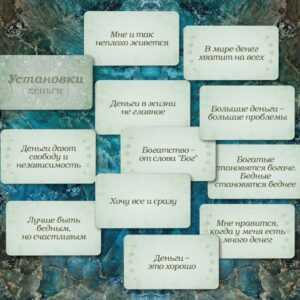
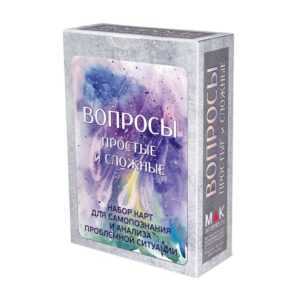
Reviews
Clear filtersThere are no reviews yet.